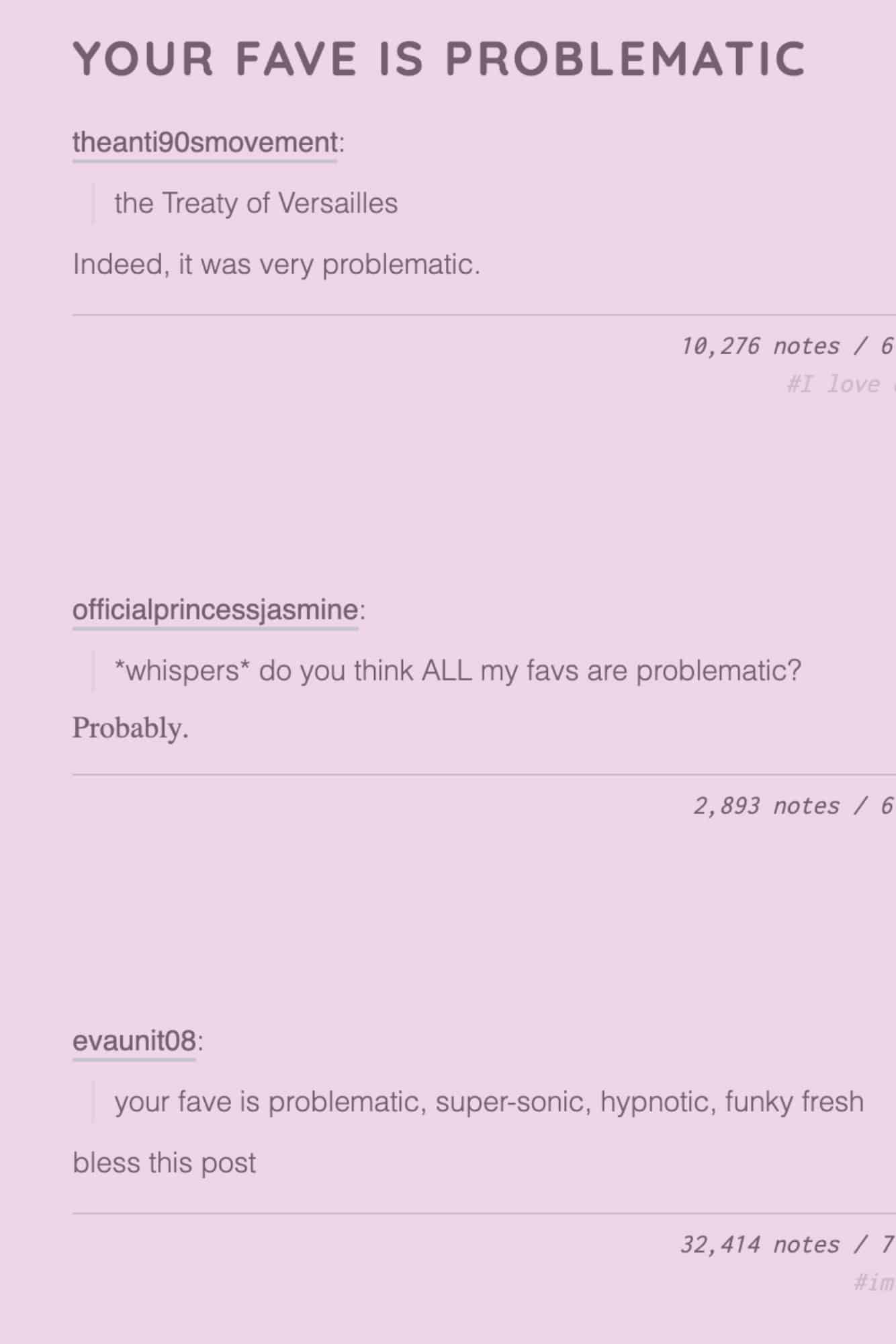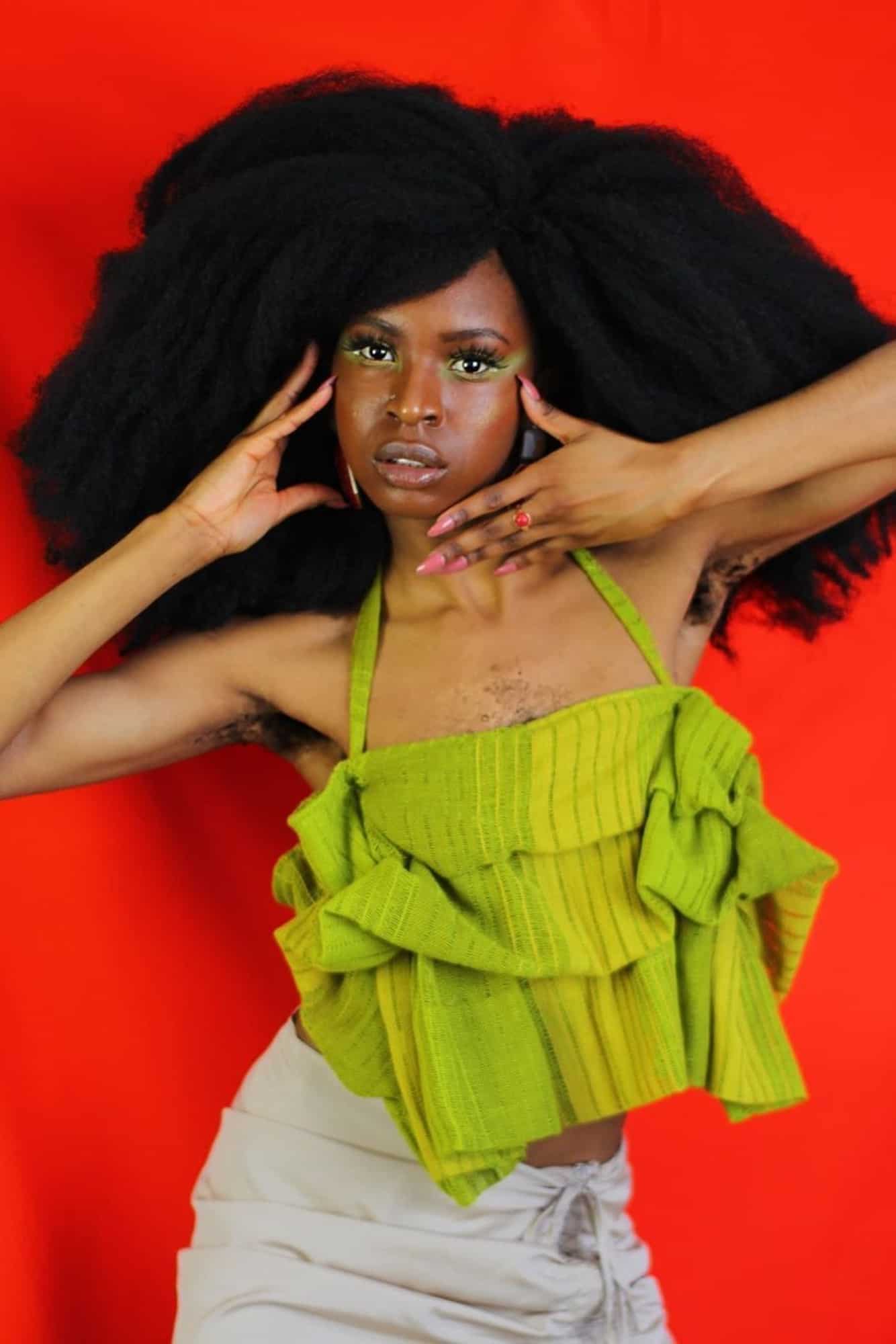As an app obsessed with aesthetics, it’s inevitable that a lot of Instagram – and the work that springboards from it – looks the same. For Chidera Eggerue and Florence Given, that’s where the problem begins. Last week, Chidera (also known as The Slumflower) accused her fellow feminist activist of borrowing heavily from her books What A Time To Be Alone and How To Get Over A Boy. From a content perspective, while Florence’s 2020 bestseller Women Don’t Owe You Pretty touches on the queer experience (which Chidera does not), Chidera rightfully argued that the majority of its material wouldn’t exist without the work and ideas of Black women. Visually, she had a much more solvable accusation. “They look like the same book,” Chidera said on her Instagram Story. “What is going on?”
The answer lies beyond just Florence and Chidera. From filters to Instagram Face, the app thrives on a homogenous, generic sameness. Making a movement as complex as feminism palatable for mass consumption works exactly the same way as pulling in likes for a selfie. You can see it in the pink and orange quotes about the singlehood agenda on Chidera’s page and in Florence’s 1960s-style illustrations addressing patriarchal brainwashing. Repackaging decades of feminist theory as something fun, trendy and immediately digestible has much wider appeal than straight facts, and both women know it. Pre-literary careers, their respective brands thrived thanks to their ability to make feminism accessible to a younger, entry-level audience on Instagram and both have built fiercely loyal communities who engage in discourse internet-wide. Just see the one million views on videos denouncing the patriarchy under the tag #FlorenceGiven on TikTok, or the number of people participating in Chidera’s 2018 #SaggyBoobsMatter campaign.
You may also like
But while their impact is undeniable, is any of it original? Nobody alive today can claim to have invented feminism and to pin down the originator of Instagram’s own strand of it you’d have to rewind back to 2014 Tumblr, where the internet first began to water down feminism for the masses. A lot of the content held as much weight as wearing a Boohoo t-shirt branded “feminist”, but its impact was huge. For many impressionable teenagers (myself included), it was their first encounter with any kind of content about the female lived experience. The language felt extreme and exciting and with every reblogged quote post regurgitating overly-simplified messages about independence and “girl power”, you felt appropriately radicalised and able to dictate these conversations elsewhere. To put those ideas on paper now would be embarrassing. In the era of Tumblr feminism, the internet felt like a much smaller place. The messages spread on the platform came from a very insular community that lacked understanding of nuance or intersectionality. It’s nothing to be ashamed of – the whole point of entry-level anything is to serve as a starting point for deeper, more complex understanding.
Instagram users in 2020 might be less ignorant and better educated but face a similar problem. Following in Tumblr’s aesthetically-pleasing footsteps, Insta-activism has become increasingly popular, condensing social and political issues into slick quotes or infographics that deliver difficult information in the simplest way possible. Diluting feminist theory in this way has had some problematic consequences – take girlboss culture, a concept which, in theory, encourages female independence, but in reality just belittles working women everywhere. Chidera and Florence’s content is nowhere near this reductive. Both offer legitimate takes on issues facing Black and queer women everywhere and even the most surface-level feminist opinions are still feminist. But are they unique? No. When it comes to commercialising feminism for the Instagram masses, originality isn’t an option.
By Chloe James, fashion and beauty reporter for CORQ.










How TikTok is driving the rise of dissociative feminism online